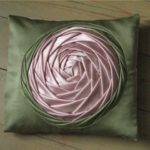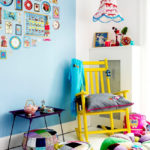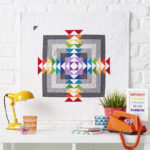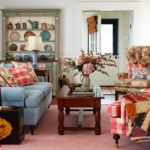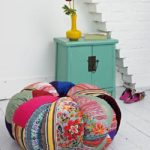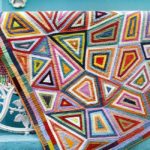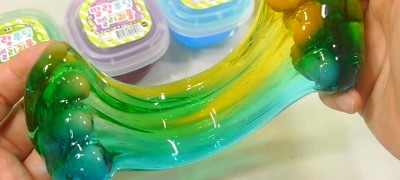What is patchwork and how to do it yourself
Most of the well-known designers are able to create entire collections that are sewn from scraps of fabric. The first model was invented by Yves Saint Laurent back in 1971. The trend was immediately picked up by other fashion designers.
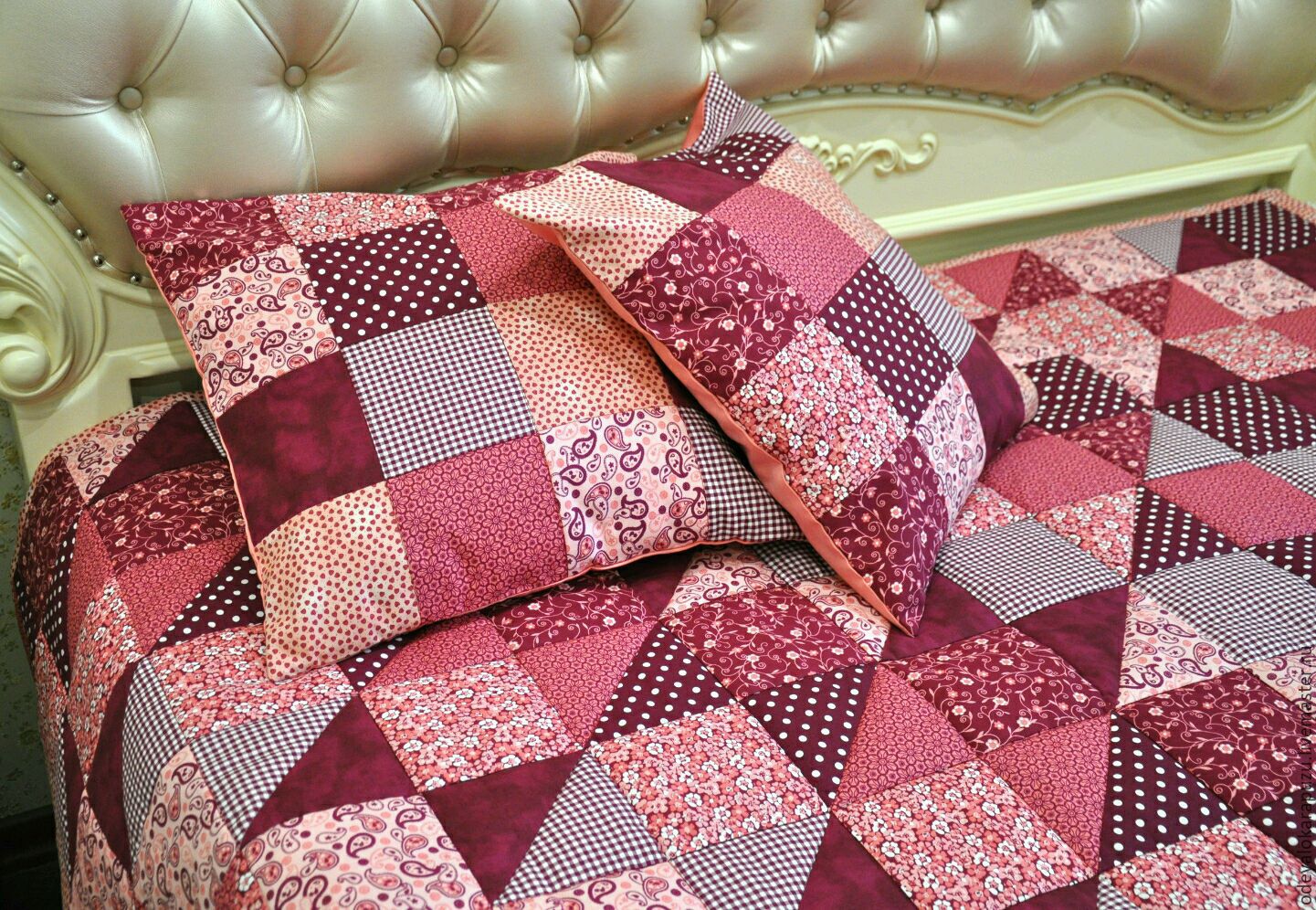
What is Pechworking
Patchwork is the creation of things from fabric patches. Initially, the pieces are connected into blocks that look like geometric shapes. After that, blankets, pillows, shorts, dresses, chair covers, curtains and much more are sewn from them. For grandmothers, this species was economical. After all, he can give things a second life.

Reasons for doing patchwork:
- Instead of spending money on decorative items, you can create them yourself.
- There is no need to throw away spoiled things and unusable pillowcases.
- Exclusive and original things are created.
- While sewing, there is relaxation and rest from everyday work.
Patchwork for beginners requires a specific set of tools. These include: a needle, thread, cloth, cutting knife, measuring tape, chalk or pencil, pins, iron, fingertip, ruler, cardboard, and rug. For a more accelerated process, it is recommended to take a sewing machine.

In order to master this type of sewing as correctly as possible, you should listen to the following recommendations:
- You can try sewing from a ready-made set - you can purchase a blank at any needlework store. Further, it remains only to connect all the elements. There is no need to cut or cut.
- Starting with squares is the easiest and simplest option. Their connection will not cause any difficulties. It is better to leave complex figures for further creation of masterpieces.
- Sewing samples - before a dimensional product is made, it is recommended to practice on small pieces. Thus, it is possible to take into account all errors and learn how to correct them.
- Use large shreds - small shreds require a large number of stitches. You can quickly get tired of sewing and not finish the product. Thanks to the large pieces, the manufacturing time will be spent much less.
- Repeat after others - first you should fill your hand. That is, follow the step-by-step tutorials already presented. In the first one, you should not chase originality.
- Learn to combine colors - on special sites they will teach you how to select shades that are in harmony with each other.
Additional Information! Most often, this type of sewing is used to make quilts. In the United States of America, this technology is called quilting. Almost every American woman owns handicrafts.
Diagrams and templates for beginners
The template is a pattern made of cardboard or plastic. You can make it yourself or buy it from a specialty store.To create, draw the necessary element on a sheet of paper without indents intended for seams. Then, on each side, make an indent of five millimeters, then outline the second contour (seam allowance). Cut both contours, get two blanks.

The following schemes are suitable for beginners:
- Square in a square - triangles that are isosceles are connected to individual blocks that have a square shape.
- Russian square - stripes or triangles are sewn around the main figure.
- American square - rectangular shapes are sewn around the base shape, having different lengths, but the same width.
After the needlewoman has determined the scheme suitable for herself, she can start sewing. There are also more complex options. But for study, it is recommended to choose a light scheme and use it in a more bulky product. It is also advised to start with repetition after others, that is, use ready-made hands.

How to make patchwork with your own hands
The patchwork technique will not cause any particular difficulties. The main thing is to choose the right material and tools. It is also desirable to have the skills of creativity and imagination. In this case, you can create masterpieces that are admired by others. Moreover, production will take little time.
Pillows and bedspreads
To create pillows and bedspreads with your own hands in patchwork style, you will need shreds of any material. Then they are laid out according to a certain scheme. In order for the drawing to remain in its original appearance, it is recommended to number each piece. Two shreds are cleaved with a pin inside the front side, sewn on a typewriter. This procedure should be done with all the pieces. The squares are connected into strips, and those, in turn, into a canvas.

Jeans
To work with jeans, you need to have special skills. After all, such a fabric is denser than cotton. In this case, the need for a lining is eliminated, which greatly facilitates the work. The methods of making things are no different from other options.
When using denim, be sure to use a thimble. Due to its density, it is difficult to pierce. You will also need an elastic needle that is longer and thicker.

Thanks to this method, you can not throw out your favorite clothes, but give it a new life, make something interesting and unusual out of it.
Patchwork sewing
For this type, you should initially decide on the material. Collect all the pieces of fabric that are available, sort them by color and structure. Then you can start drawing up the scheme itself. The joining procedure usually consists of several stages: stitching individual fragments, combining blocks that are already ready, sewing elements to the finished product.

Blocks for patchwork
A block is a detail of a future thing. Some of them are very simple, others are more complicated. Let's consider both options.
The difficult one is Jacob's Ladder - choose fabric in contrasting colors (for example, blue and red). Make four strips of it 35x7 centimeters in size and four squares - 13.5x13.5 centimeters. All pieces should be of a different shade. Fold the squares together with the front sides and separately the strips. Sew one of the stripes along the long side. Slightly press the seams.Connect it to the other front sides, without dividing, cut into segments of about seven centimeters (you should get five pieces). Do not disassemble the pieces, stitch together. In the end, four squares will come out. Chip large squares at the corners and draw a line diagonally. Make a line five centimeters from the line on each side, cut diagonally, but not along the lines. Iron, cut off the resulting corners, lay out, sew everything.
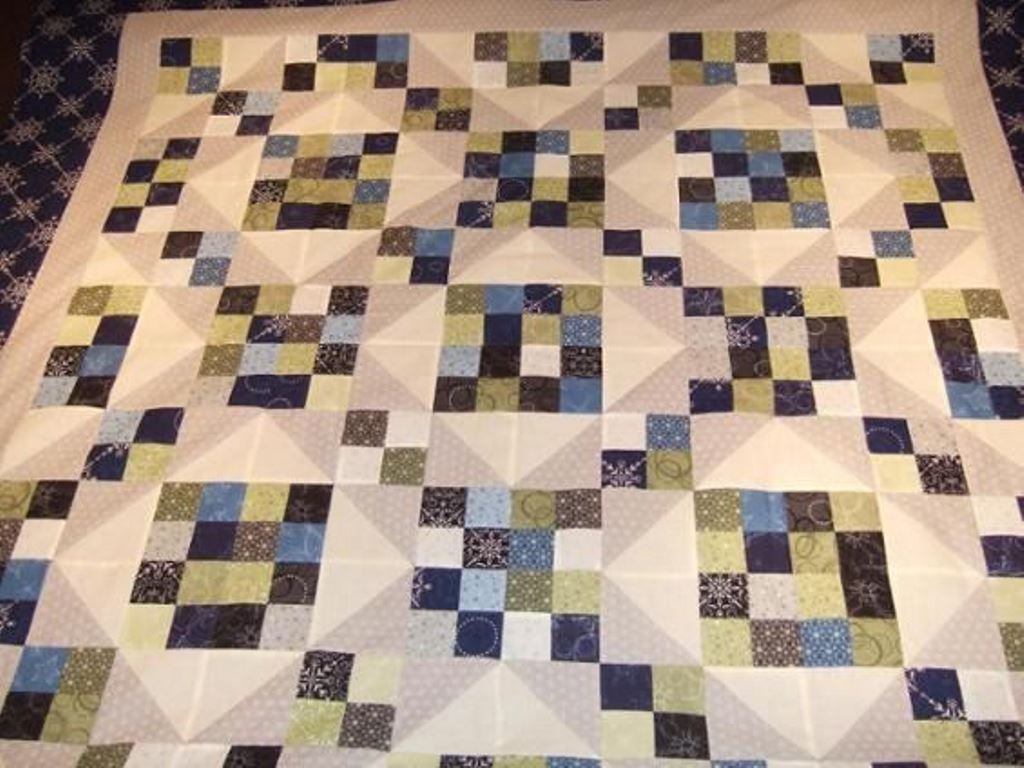
An ordinary square is considered simple. To do this, you should take a flap (you can from a set or cut it yourself). Mark the seam allowance from the inside out, intended for seams by about one centimeter. Fold the product in half with the right side inward. From the inside, sew the two sides along the marks, you should get an envelope. Next, you should turn it out, flatten it to make a rhombus. Now the filler is taken, in it you need to cut a square to fit the envelope, leave one centimeter for allowances. Insert the filler into the product, straighten the irregularities. The open edges of the rhombus should be bent inward, chopped off with pins so that they do not stick out in all directions. Start sewing the folded corners, removing the pins along the way.

Important! In patchwork, one should not only perform neat sewing, but also try to make the created composition harmonious. It is allowed to use fabrics with different textures. The choice depends on the flight of the craftswoman's imagination. It is also an excellent opportunity for self-realization and creative development.
Types of patchwork
Before you start sewing any product, you should familiarize yourself with the patterns and patterns. The lesson only at first glance seems easy and simple. In fact, it requires special care and scrupulousness.

Japanese
This technique combines the traditions of the West and the East. Silk fabrics and stitches are actively used. Various geometric shapes are used as a basis: squares, triangles, rectangles, rhombuses. In addition to making decorative bedspreads, this type is suitable for panels.

Knitted
Most of the needlewomen are familiar with him. The difference from traditional patchwork is that the shreds are not stitched together, but tied together with knitting needles or crochet. In this case, both fabric and threads for knitting are used. The most popular accessory of this type is a woman's bag or a large bedspread.

Mill
It is considered the most common option. Consists of two pieces of fabric in contrasting colors. Provides the ability to create various shapes, achieve original combinations.

Log hut
The formation of patterns is performed from stripes around the main element. Most often square. Laying takes place in a spiral. Another variation of this technique is that the square is displaced into a corner.

Note! In order for the pattern to be as clear as possible, the pattern must be collected from strips of the same color. The collection takes place in pairs. It is worth remembering that everything should be in harmony with each other in color.
Crazy patchwork
Translated means "crazy patch". The main feature is the use of figures of various shapes. It can be irregular, crooked, or in the form of a non-standard appliqué.The seams are masked using braid or special embroidery. The product itself is adorned with various decorative details: beads, buttons or metal pendants.

Patchwork master class for beginners
For this type of sewing, fabrics with bright and colorful colors are used. Before you start cutting, it is advised to iron it and wash it.
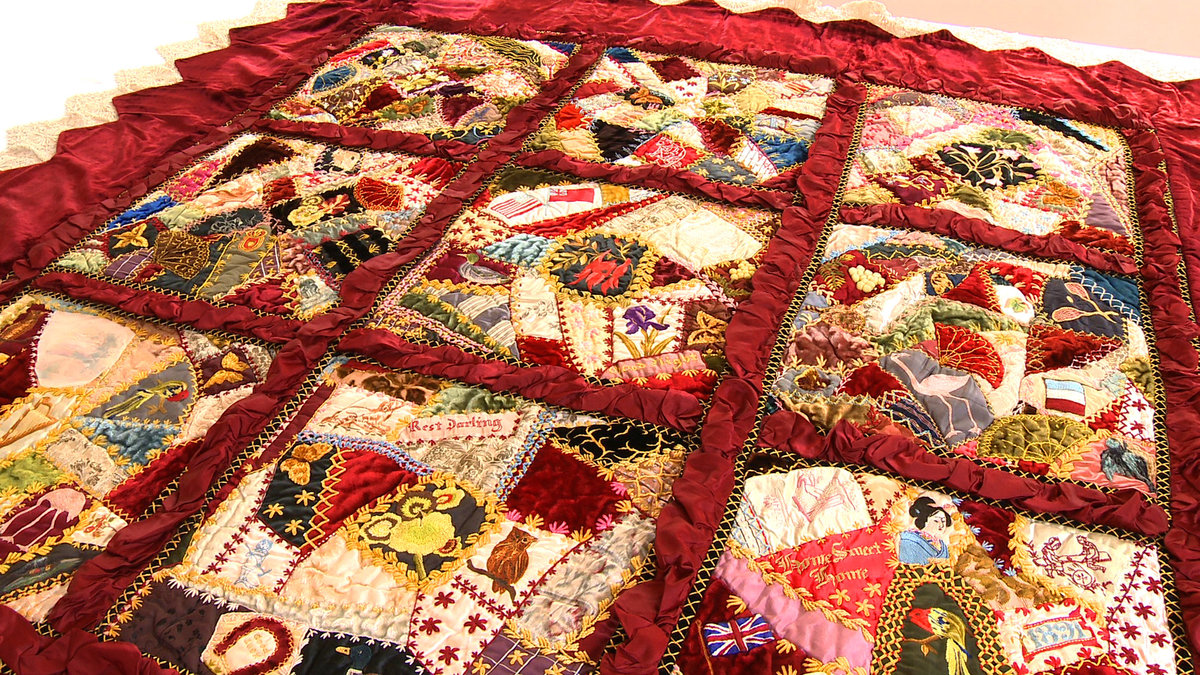
A step-by-step diagram in the patchwork style for beginners - a pillowcase with a rose:
- The first step is to prepare square-shaped flaps. The more blanks, the more parameters of the finished product will be.
- Cut a circle out of the fabric. Place a bulky filler or a piece of material in the center. Sewing machine stitching. The middle of the future masterpiece is ready.
- Fold the square patches diagonally. Take about three to five blanks, sew them to the resulting product (around its middle).
- Now you should choose pieces of a different color and larger size. Continue sewing on until you have the desired flower size.
- Cut the petals that have been sewn on in a circle.
- Roses are distributed over the pillowcase, fixed with a zigzag or dense stitching. The result is an application called "voluminous rose".
- As a supplement, you can use a leaf made of fabric of the corresponding color.
The patchwork style gives old things the opportunity to get a whole new look. Any novice needlewoman can master the technique.
VIDEO: Patchwork for beginners - master class.







